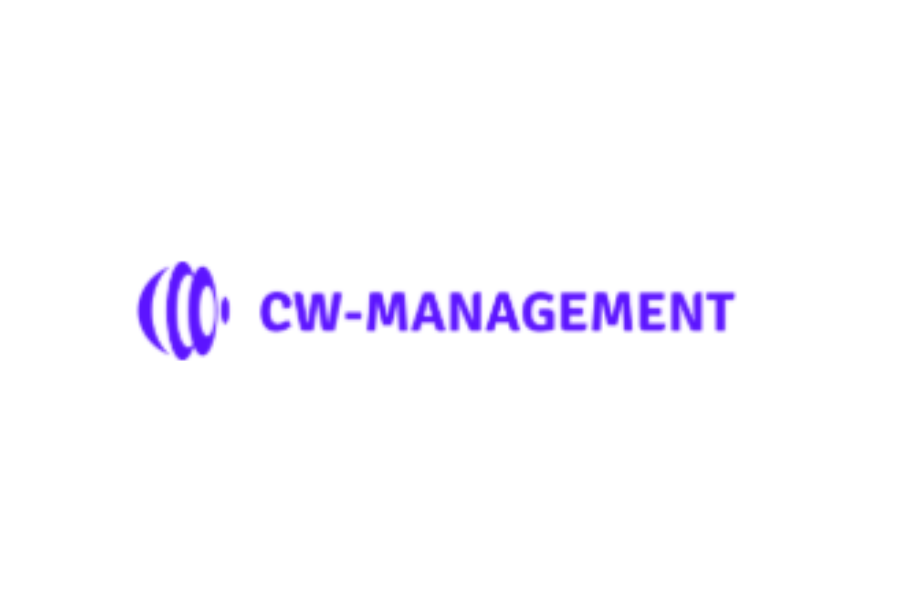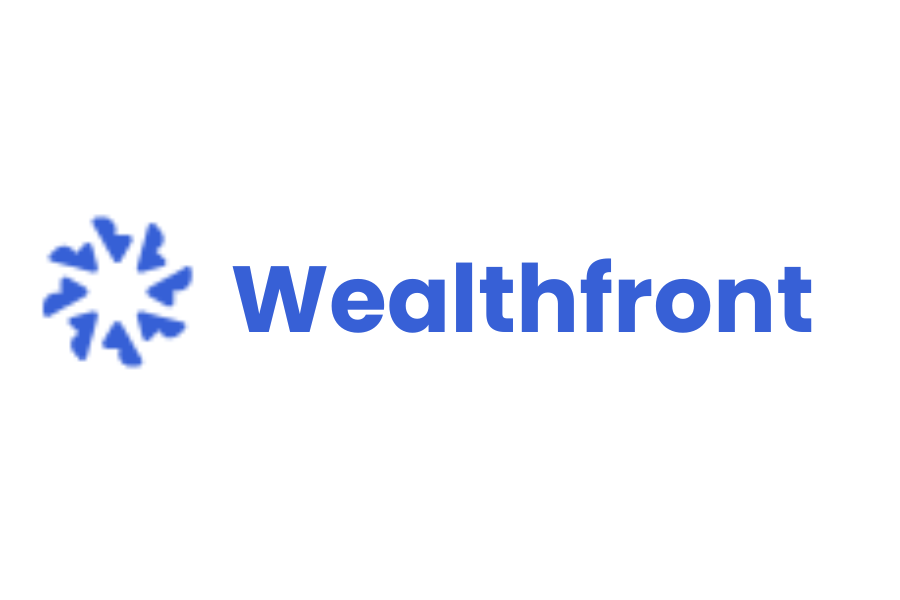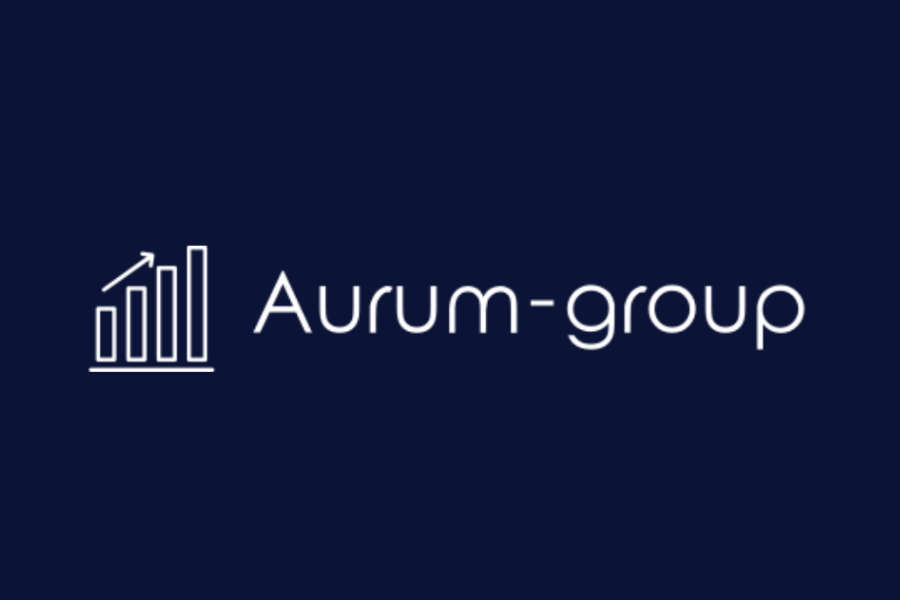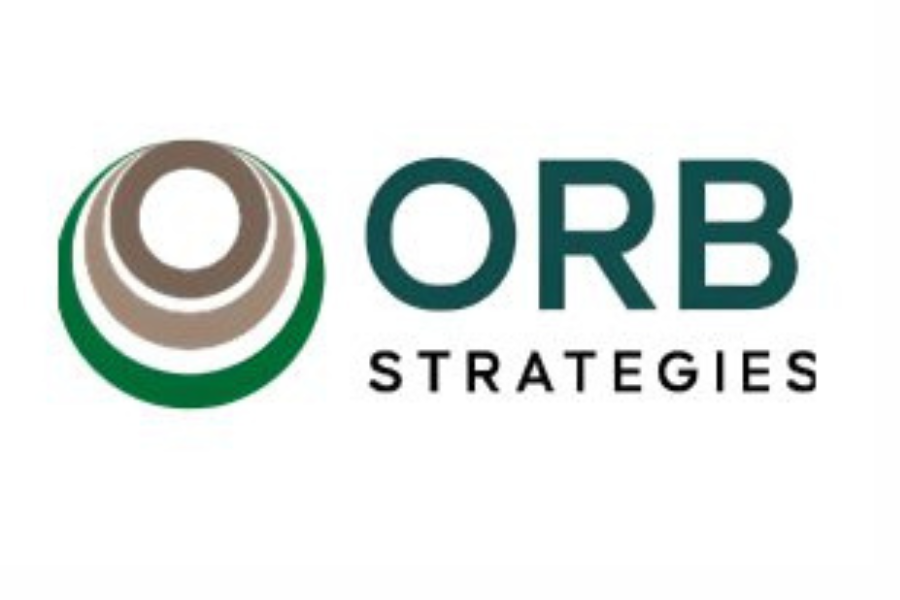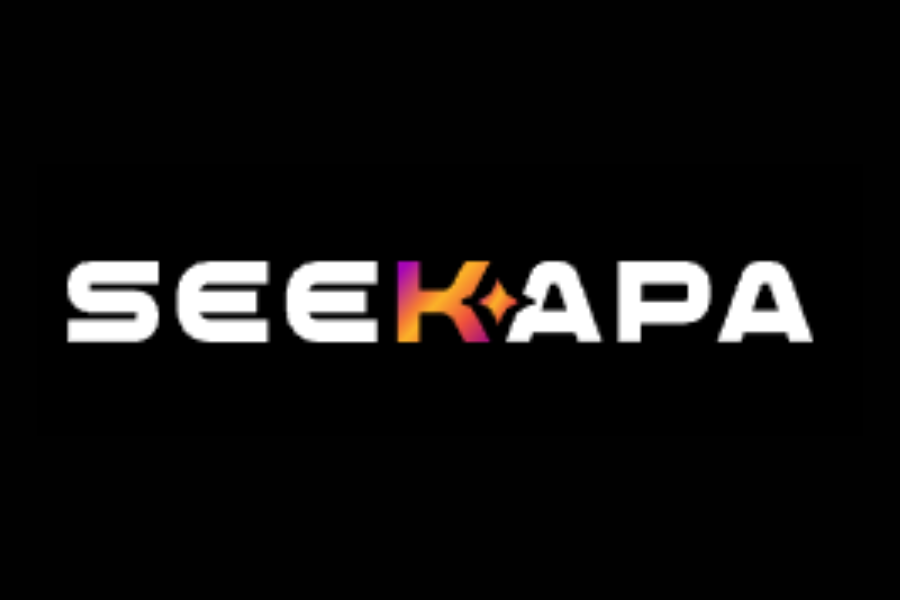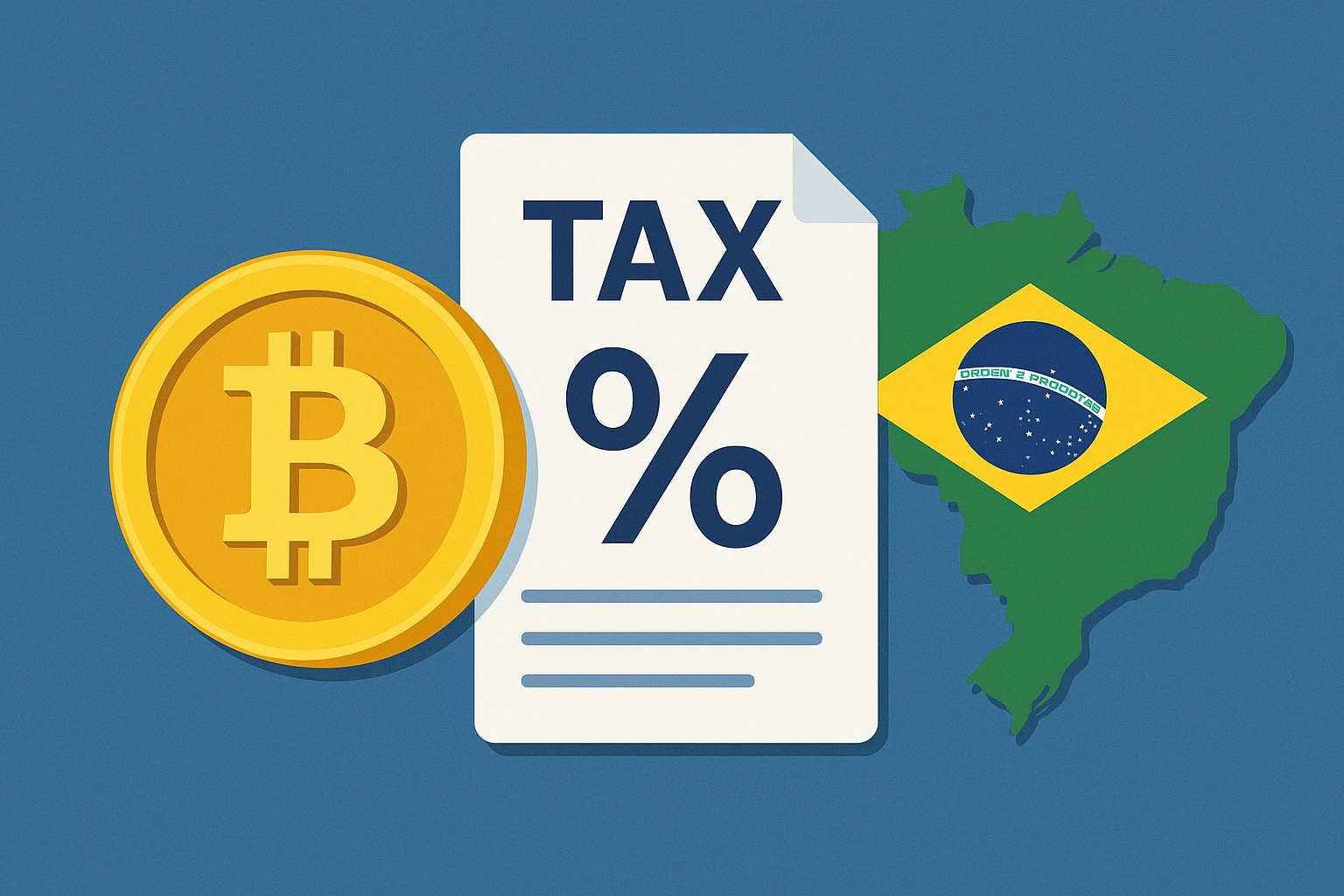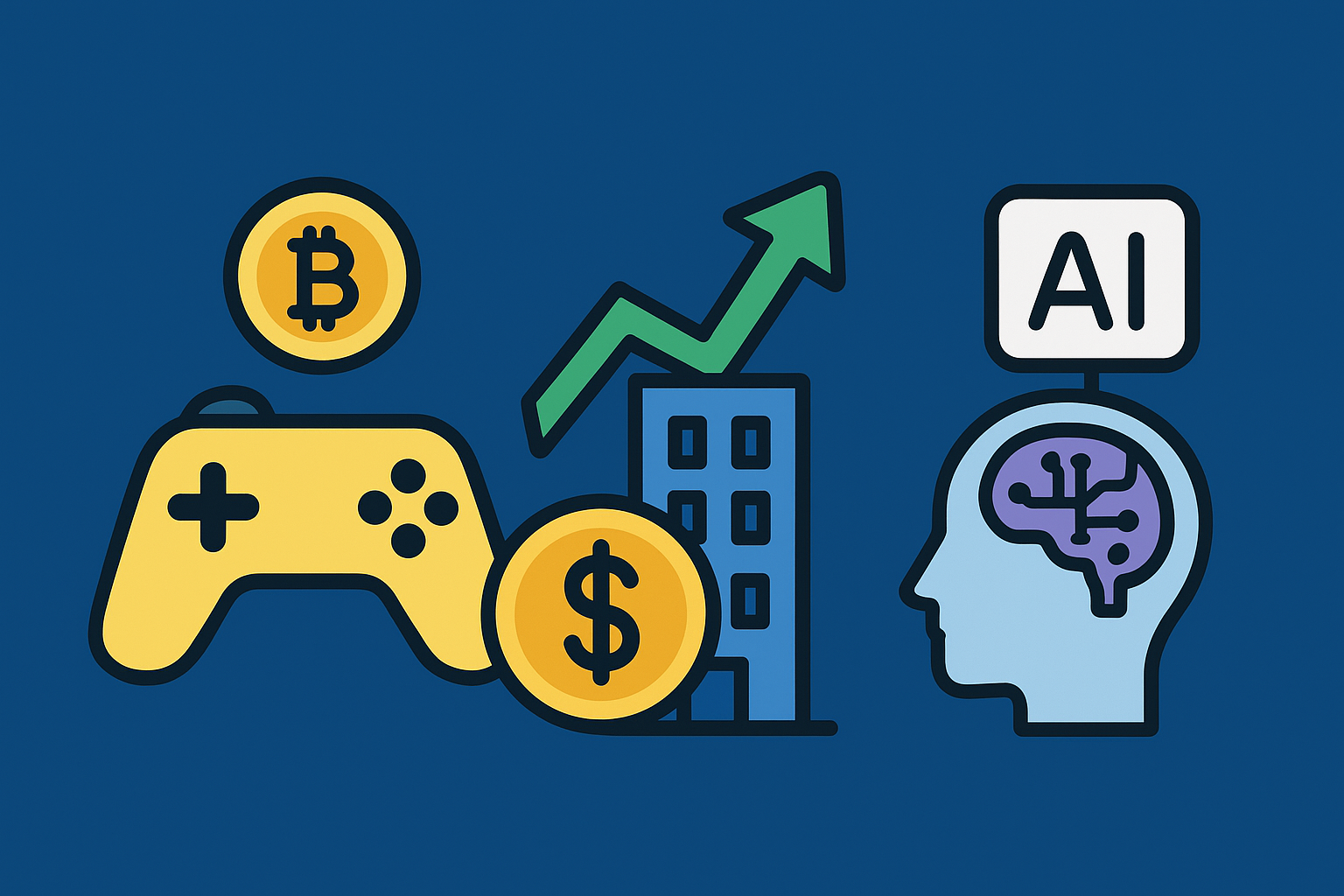ICO News
Coinbase Unveils New ICO Platform Marking Next Big Step In Crypto Fundraising

Introduction
In a major development for the cryptocurrency industry, Coinbase Global has introduced a new token-sales platform designed to reboot the initial coin offering model with stronger controls, fairness mechanisms, and access for U.S. retail investors. The platform represents a regulated reintroduction of public token offerings in the U.S., which largely disappeared after the 2017-2018 ICO boom. This article explores the context, operations, significance, and implications of this development for Coinbase, investors, and the broader cryptocurrency ecosystem.
Background: The ICO Boom And Its Decline
During 2017 and 2018, initial coin offerings became a dominant mechanism for blockchain projects to raise capital. Many projects raised tens or hundreds of millions of dollars by selling tokens directly to the public. However, the rapid expansion of ICOs came with substantial risks. Numerous projects lacked viable business models, there was minimal oversight, and some ventures turned out to be fraudulent. Regulators, including the U.S. Securities and Exchange Commission, raised concerns about investor protection, disclosure inadequacies, and the classification of many tokens as unregistered securities. As a result, public token sales in the U.S. largely ceased, and exchanges hesitated to facilitate ICOs for fear of regulatory repercussions.
Despite the regulatory crackdown, demand for early-stage token investment persisted among institutional and retail investors. This environment motivated Coinbase to innovate a model for token fundraising that could combine the excitement of ICOs with robust compliance safeguards.
Coinbase’s New Platform: Features And Mechanics
Coinbase’s platform aims to create a controlled, transparent, and equitable environment for token sales. Key features include:
Token issuers are vetted based on team experience, project viability, and token structure, ensuring only credible projects participate.
Sales last approximately one week, allowing verified users to submit purchase requests.
Purchases are conducted using USD Coin, simplifying settlement and avoiding fiat conversion complications.
To prevent first-come-first-served disparities, an allocation algorithm distributes tokens fairly, prioritizing smaller orders and broadening participation.
Issuers and affiliated parties are subject to a minimum six-month lock-up period to prevent immediate token dumping on secondary markets.
Participants who sell tokens immediately after listing may be deprioritized in future offerings, incentivizing long-term holding.
The platform will host approximately one token sale per month, with the first sale scheduled to feature a blockchain startup named Monad.
This approach integrates primary-market token issuance with listing and liquidity support while adding fairness and compliance measures that were absent in the original ICO era.
Significance For Coinbase, Investors, And The Market
For Coinbase
Launching this platform allows Coinbase to expand beyond traditional exchange functions, positioning itself as a full-service marketplace that facilitates both token creation and trading. By controlling the initial issuance and subsequent exchange listing, Coinbase can capture more value and reinforce its position in a competitive crypto environment. The platform also strengthens Coinbase’s reputation as a compliant, regulated operator, giving it an advantage over smaller exchanges and launchpads.
For Investors
Retail investors now have the opportunity to participate in token sales for the first time in several years. The platform’s focus on fairness, transparency, and behavior-based incentives reduces some of the risks historically associated with ICOs. Investors can access early-stage projects in a structured environment, although the inherent risks of volatility and project failure remain.
For the Market
Coinbase’s platform may signal the beginning of a new era for token fundraising, one that emphasizes compliance, transparency, and equitable access. If successful, this model could become a standard for U.S.-based token offerings and encourage a broader revival of public fundraising via crypto assets.
Benefits And Risks
Benefits
Broader access for retail participants, democratizing early-stage investment opportunities.
Fairer token allocation through algorithmic distribution.
Greater transparency with mandatory disclosures and issuer vetting.
Integration with secondary market listing and liquidity.
Regulatory-friendly design using stablecoin settlement, lock-ups, and behavioral incentives.
Risks
Early-stage tokens remain high-risk investments with potential for significant loss.
Regulatory uncertainty persists, as token laws continue to evolve.
Market behavior could still lead to volatility despite allocation mechanisms.
Liquidity challenges may arise even with exchange listing.
Operational and technical risks exist as the platform scales.
The First Sale: Monad And Key Observables
The first token offering, from Monad, is scheduled for a specific window in November 2025. Key metrics to watch include:
- Participation levels and allocation distribution.
- Secondary market liquidity and trading performance post-listing.
- Compliance with lock-up schedules and behavioral incentives.
- Regulatory reception and potential adjustments.
- Success in these areas could validate the platform as a sustainable model for future token sales.
Implications For Token Markets
The reintroduction of public token offerings through a major U.S. exchange has several implications:
- Public token fundraising may see a revival, broadening access to retail investors.
- Standardization of issuance practices, including vetting and allocation algorithms, may improve investor protection.
- Other exchanges may adopt similar models, increasing competition in token fundraising.
- Rgulatory oversight could evolve based on the success and compliance of the platform.
- Investor behavior may shift toward long-term holding due to structured incentives.
- Token issuance could become a signal of project quality, raising overall industry standards.
Practical Considerations For Participants
Investors should keep several factors in mind:
- Ensure full account verification and eligibility for participation.
- Prepare adequate USD Coin funds ahead of the sale.
- Review the tokenomics, including supply, lock-up schedules, and team allocations.
- Understand the allocation algorithm and how it may impact your purchase.
- Recognize post-listing behavior incentives and lock-up restrictions.
- Prepare for potential volatility and only invest what can be comfortably risked.
- Stay informed on regulatory developments and tax implications.
Conclusion
Coinbase’s new token-sales platform represents a transformative step in crypto fundraising, combining lessons from the ICO boom with regulatory compliance and fairness. By providing a structured, transparent, and equitable mechanism for token issuance, the platform may redefine public fundraising in the cryptocurrency space. The upcoming Monad sale will serve as a critical test of the model’s effectiveness, and its success could pave the way for a broader revival of token offerings.
This initiative demonstrates that while ICOs are returning, they are evolving into a more sophisticated and regulated form, offering opportunities and risks in equal measure. For investors, issuers, and the market as a whole, this marks a pivotal moment in the ongoing development of the cryptocurrency ecosystem.


